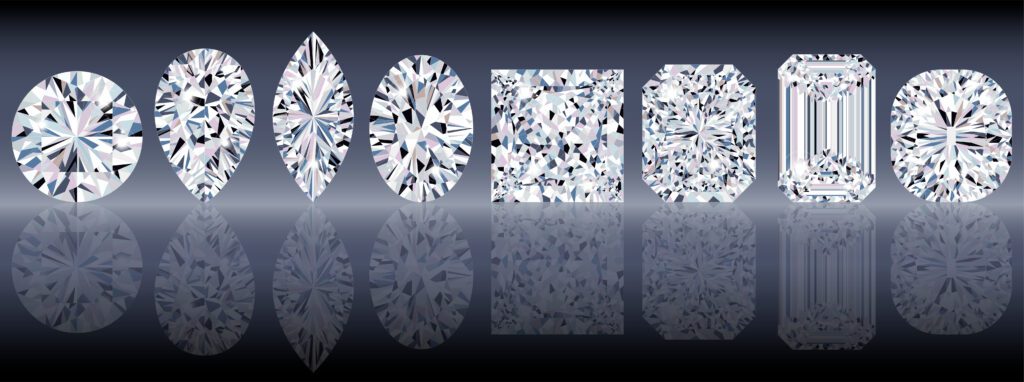This post includes affiliate links from which we may earn a small commission at no cost to you.
You probably have seen the term conflict-free used to describe diamond jewelry on the market. What does that mean and does it guarantee the diamond has been ethically mined and sourced? Let’s delve further into the limited and murky terms used today in the diamond business.

So what does it mean for a diamond to be conflict-free? Put simply, these diamonds are not linked to criminal/militia /rebel /terror groups, largely found in African countries where the diamond trade is highest. They have not been procured from war-torn areas, smuggled, or illegally traded. However, the rather narrow conflict-free label does not mean a diamond has been sourced in ways we would consider ethical.
A diamond can not come from a war zone or not be link to a rebel group and have been mined under conditions that violate environmental and human rights standards. Environmental destruction, pollution and resource depletion, wildlife displacement, violence, child labor, and horrendous working conditions are some of the issues surrounding diamond sourcing. If this happens here in America it make the news; in many places in Africa, it’s standard operating procedure.

Some jewelers use terms such as ‘provenance’ or ‘origin” to quell buyers’ concerns about their diamond sources. But “provenance usually refers to the diamond’s last top on the supply chain before it arrived where you are. ‘Origin’ is where the diamond was mined. How many other places the diamond has been and what labor methods have been used is unknown.
The methods used to track the supply chain are not perfect and sometimes even the best efforts fail occasionally. Still, there are some options for those who want to shop ethical diamonds. Branded Canadamark diamonds are certified from Canadian mines and are as good a guarantee as there is on the market.
A certain guarantee of course is a lab-created diamond. These are not fake stones but in fact are 100% chemically, physically, and optically identical to the diamonds that come from the earth. Instead of growing in the earth, they are grown in a lab.
It should be noted that the diamond industry is not alone in this. Many products on the market have parts, chemicals, ingredients, and components that were derived or processed in methods that are just as unacceptable. While efforts toward better supply chain tracking and human rights enforcement have increased over the years, the conscientious consumer has reasons to educate themselves about the diamond mining industry. While conflict free is good, for many buyers, it is not enough. They want to ensure their money is not being used to fund practices and operations they do not agree with.
To learn more about diamonds, check out our series Decoding Diamonds.

